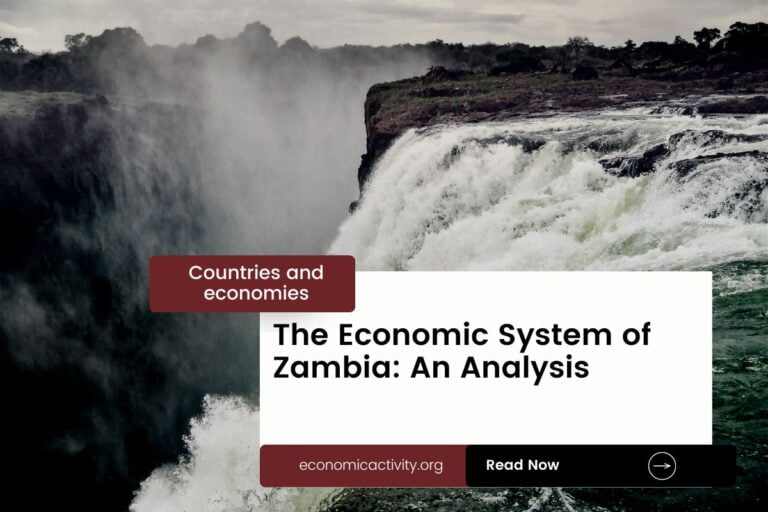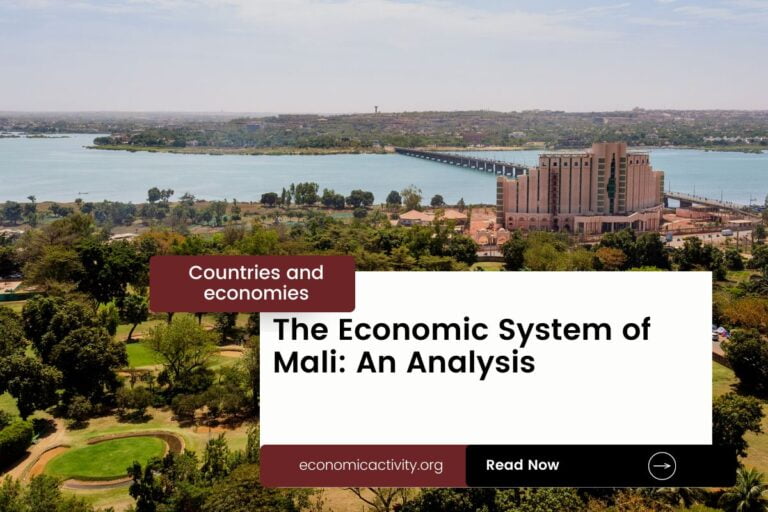Luxembourg, with a population of 653,103, is ranked 158th in the world, just behind the Solomon Islands. Located in Western Europe, it covers a total area of 2,590 square kilometers, ranking 161st globally, slightly smaller than Samoa.
Luxembourg, a small but prosperous country in Europe, boasts a strong economic position in 2022 with a GDP of $81,641,807,865.75, ranking 70th globally. It follows behind Bulgaria, whose GDP stands at $90,346,169,914.93. Additionally, Luxembourg’s GDP per capita is impressive at $125,006.02, earning it the 3rd spot worldwide.
It falls behind Liechtenstein, with a GDP per capita of $180,227. Luxembourg’s economy is characterized by a high standard of living and a robust financial services sector.
What are the economic activities of Luxembourg?
- Primary activities: 0.3% of GDP.
- Secondary activities: 12.8% of GDP.
- Tertiary activities: 86.9% of GDP.

Primary Sector of Luxembourg
Luxembourg’s primary sector, particularly agriculture, thrives due to its temperate climate and fertile soil. With 51.59% of the land dedicated to agriculture, the country produces a variety of crops and animal products. The main agricultural products include milk, wheat, barley, triticale, potatoes, pork, grapes, beef, oats, and rapeseed.
Despite contributing only 0.3% to the GDP, agriculture plays a crucial role in the country’s economy by providing employment and ensuring food security. The diverse range of agricultural products highlights the sector’s importance in sustaining Luxembourg’s agricultural industry.
Luxembourg’s geological diversity has shaped its resource availability. The primary sector relies on arable land for agriculture, contributing significantly to the economy. Although iron ore is no longer exploited, the country’s natural resources continue to play a key role in sustaining its primary sector.
Luxembourg’s natural gas production in 2020 reached 6 million m³, ranking the country 97th in the world. This gas economic activity contributes to the country’s resource utilization and economic sustainability.
Secondary Sector of Luxembourg
What is the secondary sector or what are secondary activities?
The secondary sector involves industries that transform raw materials from primary activities into finished products for consumption. In Luxembourg, main industrial products include construction, real estate services, iron, metals, steel, information technology, cargo transportation, logistics, chemicals, engineering, tires, glass, aluminum, and biotechnology.
Manufactures play a crucial role in Luxembourg’s total exports, accounting for 81.39% in 2023. They drive economic growth, create jobs and contribute significantly to the country’s trade balance.
Tertiary sector of Luxembourg
What is the tertiary sector or what are tertiary activities?
The tertiary sector in Luxembourg encompasses services that offer knowledge and time to enhance productivity and meet needs. Main activities include healthcare, education, banking, communication, tourism, transportation, and security services. These sectors contribute significantly to Luxembourg’s economy and well-being.
Notably, Tourism is a significant economic driver for Luxembourg, contributing substantially to its GDP. With over 1 million annual arrivals, popular destinations like the picturesque Vianden Castle and the vibrant capital Luxembourg City attract tourists from around the world, boosting the country’s economy through increased revenue and employment opportunities.
Another example of tertiary economic activity is the mobile cellular sector, with approximately 876,000 subscriptions, supporting technological growth by enhancing connectivity and fostering innovation across various industries.
Military Activities and Economic Sectors of Luxembourg
The military is a good example of many economic activities. In the primary sector, resources are extracted for military use. The secondary sector focuses on manufacturing military equipment. The tertiary sector includes services provided by the military, like training and logistics. The quaternary sector deals with military research and development, while the quinary sector involves high-level decision-making and strategy.
In Luxembourg, the military expenditure for 2023 is 662.5 million US dollars, which is 0.7% of the country’s GDP. The active military force has 900 personnel, resulting in 2.5 active military members per 1,000 people.
Biggest company in Luxembourg
Which is the biggest company in Luxembourg? It’s ArcelorMittal, a leading steel manufacturing company. With a market value of approximately $28.98 billion, it operates in the materials industry, specifically in the primary sector. ArcelorMittal was founded in 2006.
International Trade of Luxembourg
Import Activities of Luxembourg

Luxembourg’s import activities are of high importance, with total imports in 2023 reaching $25.2 billion, accounting for 177% of the country’s GDP.
Luxembourg’s key imports include refined petroleum, cars, electricity, natural gas, and scrap iron. Its main import partners are Belgium (26%), Germany (26%), France (11%), the Netherlands (6%), and the US (3%). These imports play a crucial role in supporting the country’s economy and meeting its domestic needs.
Exports Activities of Luxembourg

Luxembourg’s total exports in 2023 amounted to $20.5 billion, making up 25.1% of its GDP. Export activities hold high importance, driving economic growth and global connections in the country.
Luxembourg’s export activities are diversified, with key partners including Germany, France, Belgium, Netherlands, and Italy. The country mainly exports iron blocks, plastic products, rubber tires, plastics, and gas turbines.
Luxembourg economy challenges in 2024
Luxembourg, a high-income EU country, faces challenges in 2024. Despite a highly capitalized banking sector and high GDP per capita, it is recovering from economic contraction due to energy-driven inflation, reduced exports, and financial sector weakness.




Leave a Reply